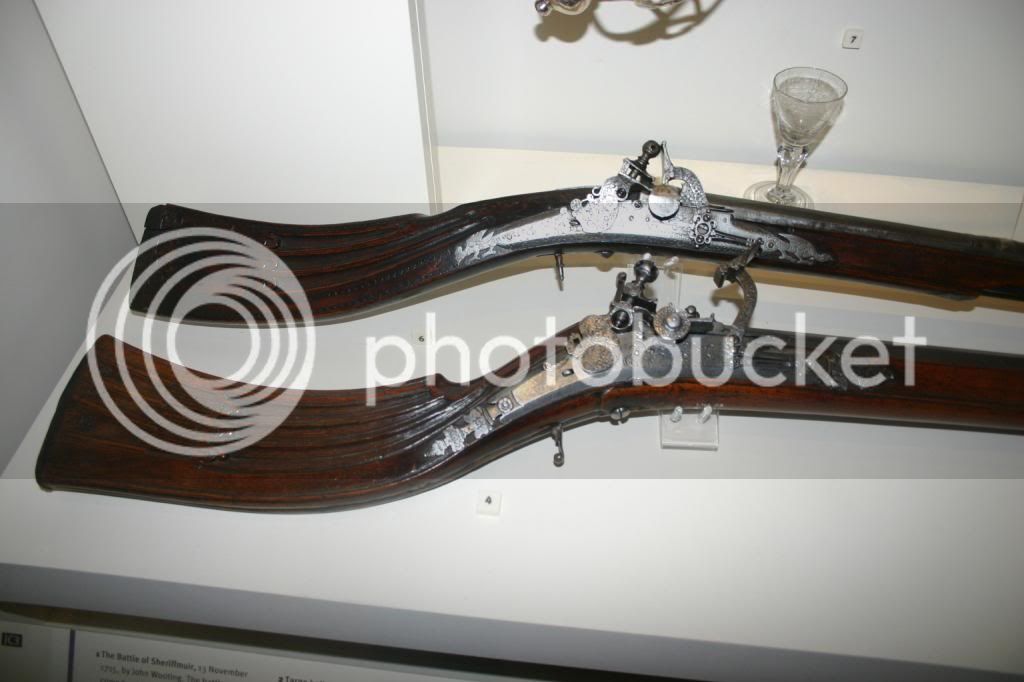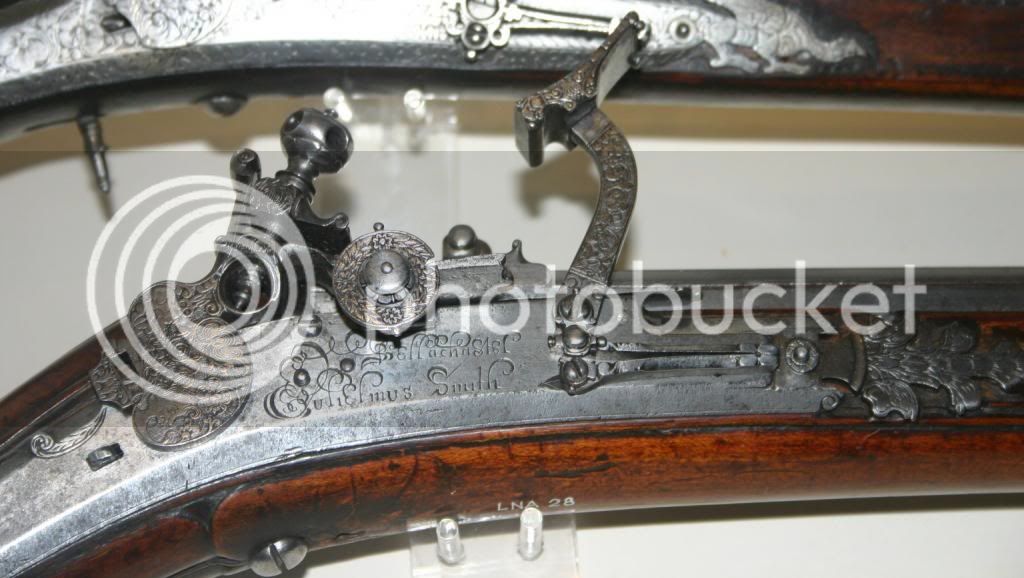MacRob46
45 Cal.
- Joined
- Jun 2, 2007
- Messages
- 643
- Reaction score
- 36
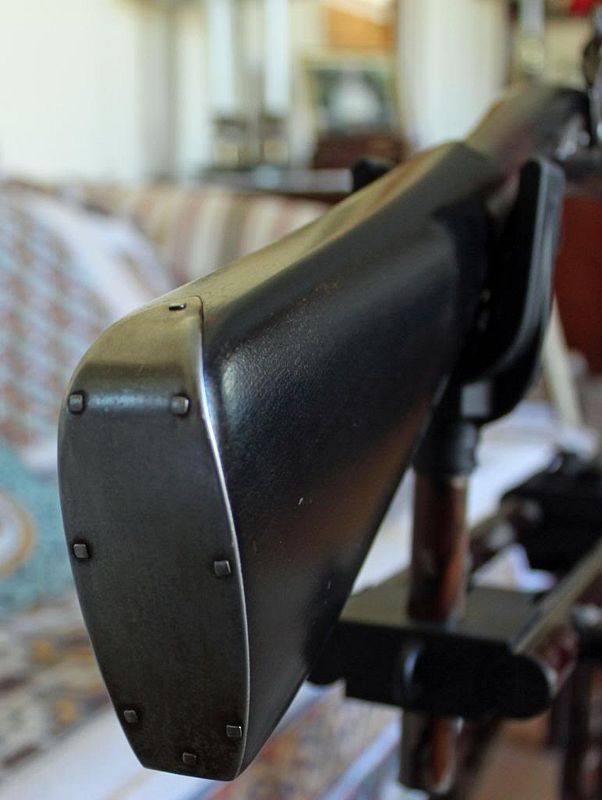


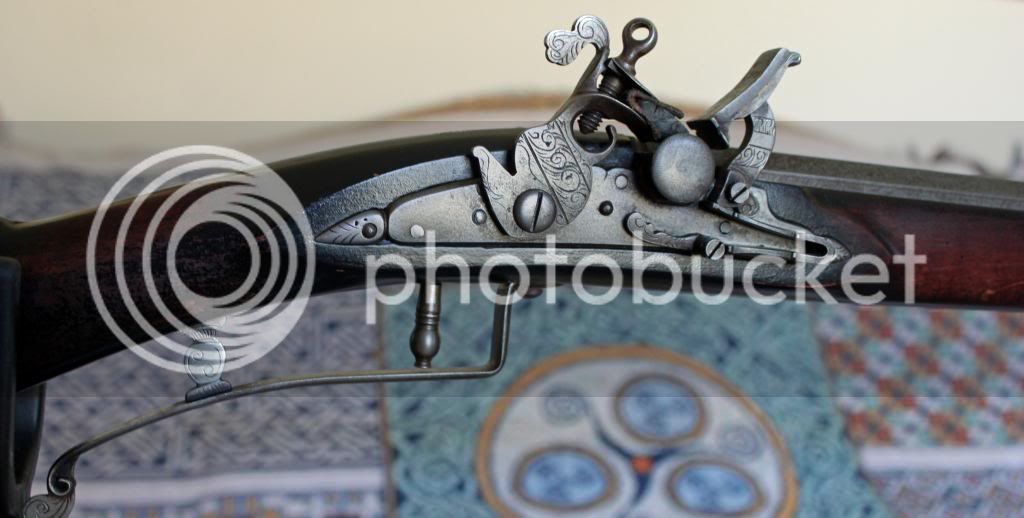
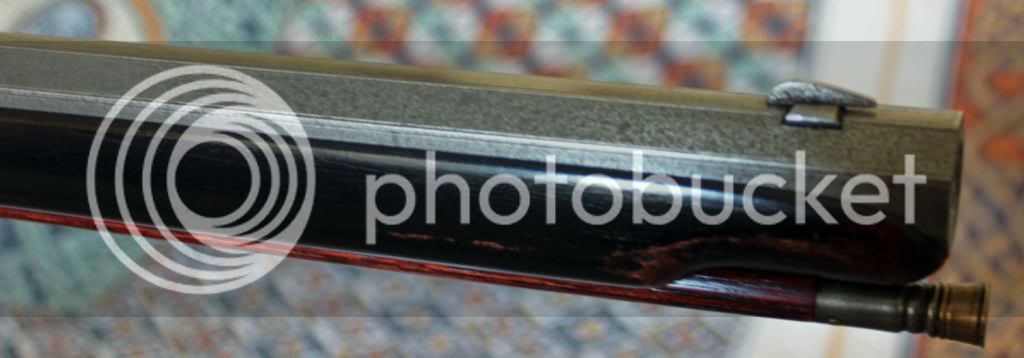
Here are some photos of one of my Scottish long guns made by my friend Gulielmus. This is the first one I acquired and is a gun which was made in Inverness around 1670 but brought to the New World by its owner. Some time around 1710 the stock was worn out and the ramrod thimbles lost or damaged so it was carried to Charles Town in the colony of South Carolina to be refurbished by a gun stocker who was trained in the French style of stock making. A new stock was made of straight grain maple which received a coat of black paint as was customary at the time. Everything which could be re-used was. A new butt plate was installed. The lock was converted from a snaphaunce to flintlock by welding a pan cover to the bottom of the battery. The various now unnecessary holes in the lock plate were filled and the gun started a new life. It has a 42 inch Green Mountain .50 caliber barrel. The lock, with the exception of the internal workings, was all made by GS. The guts are Siler, making for easy repair or replacement. A nice subtle antiquing was done to all metal parts. My apologies for the busy background and less than perfect quality of the likensses. I will try to do better. Comments or questions are welcom.




